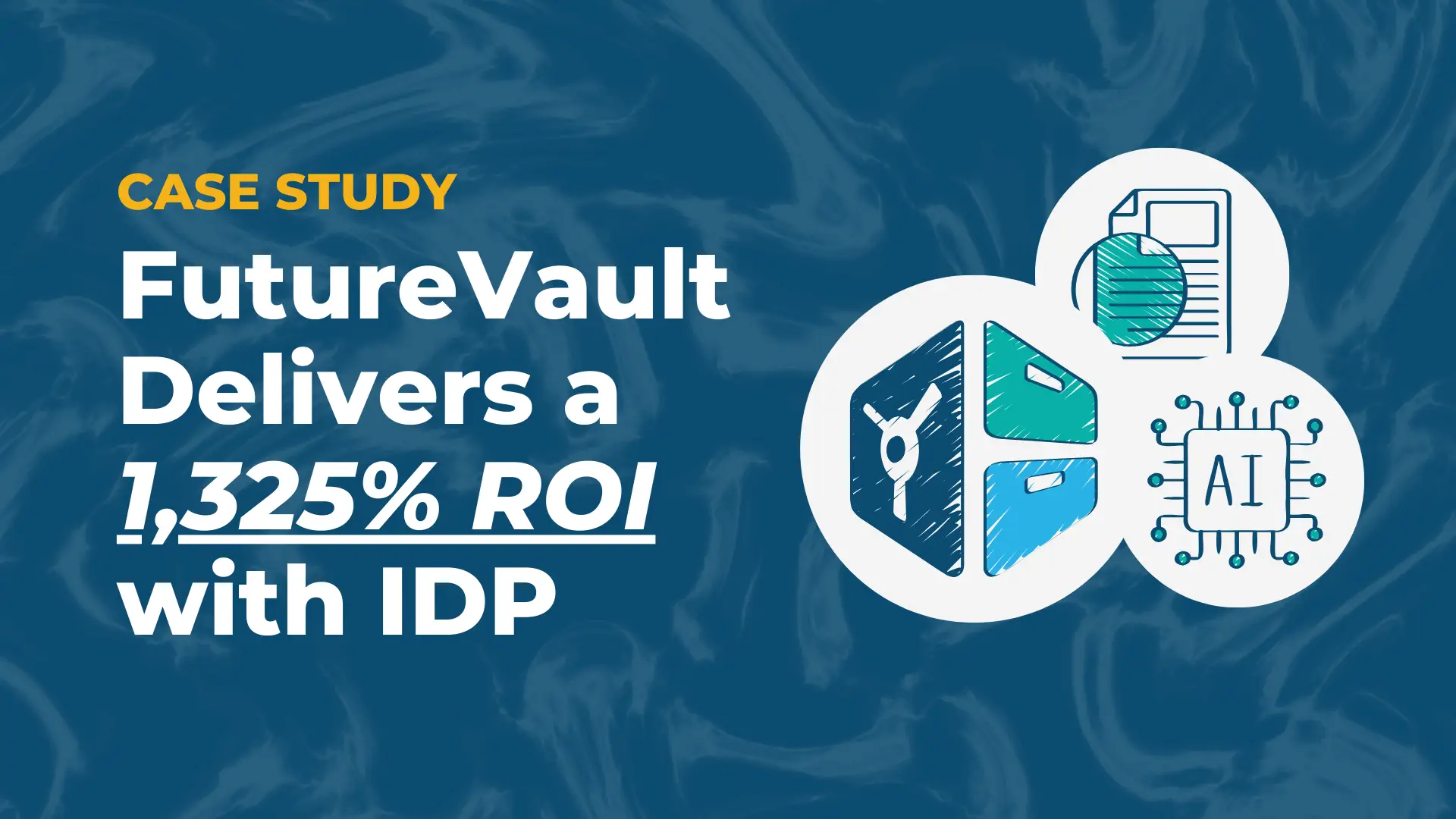With M&A activity continuing to blossom and the average age of financial advisors being well over the age of 50, succession planning for financial advisors is becoming an increasingly important subject and area of focus.
Succession planning is a critical aspect of any and every financial advisory practice. Advisor succession planning involves carefully establishing a strategy to ensure the seamless transfer of clients, assets, and responsibilities when a financial advisor retires or leaves and exits the business.
Advisor succession planning is a strategic process that enables financial advisors to ensure a smooth transition of their business to the next generation of advisors. It involves identifying and grooming potential successors, addressing client concerns, and ensuring regulatory compliance throughout the transition.
By proactively addressing succession planning considerations, financial advisors can protect their clients’ interests, maintain business continuity, and preserve their legacy. In this article, we will discuss the top five most important considerations when it comes to succession planning for financial advisors, along with the essential role of a Digital Vault in organizing and structuring advisor business and client data, information, and documents.
Table of Contents
- Importance of Succession Planning
- Identifying Potential Successors
- Transitioning Client Relationships
- Ensuring Regulatory Compliance
- The Role of a Digital Vault in Succession Planning
- Communicating the Succession Plan
- FAQs
- Conclusion
The Importance of Succession Planning for Financial Advisors
Succession planning is incredibly important for financial advisors for a variety of reasons, including the following:
- Business Continuity: A well-executed succession plan ensures that clients’ financial needs are met without interruption, maintaining the trust and relationships established by the retiring advisor. Importantly, communication with clients (and family members) must also be taken into account.
- Client Retention: When a financial advisor sells or exits the business, clients may feel uncertain and seek alternatives. A well-defined and well-thought-out succession plan helps retain clients by instilling confidence in the firm’s ability to deliver consistent service and value.
- Value Preservation: A successful succession plan preserves the value of the financial advisory practice. By grooming and transitioning successors, the retiring advisor can maximize the value of their business.
- Regulatory Compliance: Succession planning ensures compliance with industry regulations, such as notifying clients about the transition and transferring assets appropriately.
Consideration 1: Identifying Potential Successors
Identifying potential successors for the business is, without a doubt, one of the most critical steps—or rather considerations— in the succession planning process. Consider the following factors:
- Skills and Expertise: Look for individuals within the firm who possess the necessary skills, experience, and knowledge to effectively serve clients.
- Cultural Fit: Evaluate potential successors based on their alignment with the firm’s values, vision, and client-centric approach.
- Leadership Abilities: Assess the leadership qualities of potential successors, as they will be responsible for guiding the firm and maintaining client relationships.
- Mentoring and Training: Provide mentorship and training opportunities to develop the skills of potential successors and ensure a smooth transition.
Consideration 2: Transitioning Client Relationships
Your clients are everything. To you, the firm, and your staff—they’re the reason why you entered the business in the first place. It should go without saying that smoothly transitioning client relationships is essential for a successful succession plan. Consider the following steps:
- Introducing the Successor: Introduce the successor to clients well in advance to establish rapport and trust. Encourage joint meetings and gradually transition responsibilities.
- Maintaining Communication: Ensure ongoing communication with clients throughout the transition process. Address any concerns or questions promptly to maintain transparency and trust.
- Updating Client Documentation: Update client account documentation to reflect the change in advisor. Provide clear instructions regarding any required paperwork or account transfers.
Consideration 3: Ensuring Regulatory Compliance
Adhering to regulatory requirements is table stakes when implementing a succession plan. Consider the following:
- Notification to Clients: Notify clients in writing about the impending succession plan, providing information on the new advisor and the transition process.
- License and Registration Transfer: Ensure the proper transfer of licenses and registrations for the successor advisor to avoid any legal or compliance issues.
- Compliance Review: Conduct a comprehensive review of the successor advisor’s compliance record to ensure they meet all regulatory standards and have a clean disciplinary history.
- Client File Management: A large part of compliance requirements ensures that the proper data, information, and documentation is maintained, accessible, and meets books and records requirements, including document retention.
*This is where having a secure and structured digital vault can proactively support transitioning advisors and overall information governance.
Consideration 4: The Role of a Digital Vault in Succession Planning
Digital Vaults have increasingly become an indispensable tool for institutions and financial advisors for several process-driven use cases, and importantly, during succession planning.
A Digital Vault is a secure and centralized platform that allows advisors to organize and structure their business documents while also better structuring and organizing client files and critical documentation needed for operational and compliance purposes.
Here are the key benefits of using a Digital Vault in the succession planning process:
- Document Organization: A Digital Vault provides a structured environment to store and manage business and client documents efficiently. Advisors can categorize and label appropriate business documents while also creating Vaults with defined folder structures, labels, and entities for their clients to easily (and efficiently) manage everything at scale.
- Secure Storage: Security is paramount when it comes to storing sensitive client information and business documents. A Digital Vault offers robust security features, including encryption, user access controls, and regular backups, ensuring the confidentiality and integrity of the stored data.
- Collaboration and Sharing: During the succession planning process, effective collaboration is essential between the retiring advisor, potential successors, and other stakeholders. A Digital Vault facilitates seamless collaboration by allowing multiple users to store, access, and share documents securely, eliminating the need for physical paperwork and eliminating back-and-forth processes.
- Compliance Management: Regulatory compliance is a critical aspect of succession planning. A Digital Vault provides features to help financial advisors maintain compliance, such as data residency, data redundancy, digital audit trails, and document retention policies. These features ensure that the necessary documentation is up-to-date, easily accessible, and retained as per regulatory requirements.
- Efficiency and Productivity: With a Digital Vault, financial advisors can streamline their document management processes, saving time and improving overall productivity. The ability to quickly search for and retrieve documents, automate document workflows, and eliminate manual paperwork allows advisors to focus more on client relationships and the succession planning process itself.
Consideration 5: Communicating the Succession Plan
Clear and effective communication is key to a successful succession plan and overall transition when handing over the keys to the business. Consider the following strategies:
- Internal Communication: Communicate the succession plan to all staff members, advisors, and board members to ensure everyone is aligned and aware of their roles and responsibilities during the transition.
- Client Communication: Develop a communication strategy to inform clients about the succession plan, emphasizing the continuity of service and the qualifications of the successor advisor. It’s important to understand that clients may feel uneasy during any transition and will likely have many questions; be patient and understanding.
- Marketing and Branding: Update marketing materials, including the firm’s website, collateral and social media handles, to reflect the changes in leadership and reinforce the continuity of the advisory practice.
FAQs
What is a Digital Vault?
A Digital Vault is a secure and centralized platform that allows financial advisors to organize and structure their business documents while also better structuring and organizing client files and critical documentation needed for operational and compliance purposes.
How does a Digital Vault benefit succession planning for financial advisors?
A Digital Vault enhances succession planning by providing document organization, secure storage, collaboration and sharing capabilities, compliance management features, and improved efficiency and productivity.
What security features does a Digital Vaulttypically offer?
A Digital Vault offers robust security features such as encryption, user access controls, regular backups, and secure authentication protocols to ensure the confidentiality and integrity of stored data.
How does a Digital Vault help with compliance management?
A Digital Vault assists with compliance management by providing features such as document versioning, audit trails, and document retention policies, ensuring that advisors can meet regulatory requirements and easily access necessary documentation.
Can a Digital Vault be accessed remotely?
Yes, a Digital Vault can be accessed remotely, allowing financial advisors and their team members to securely access and manage documents from anywhere, anytime on laptop, tablet, and mobile devices.
In conclusion, succession planning is a crucial process for financial advisors, and a Digital Vault plays a vital role in organizing and structuring business and client documents. By leveraging the benefits of a Digital Vault, financial advisors can enhance their succession planning efforts, streamline document management, ensure regulatory compliance, and improve overall efficiency. By combining strategic planning, effective communication, and the right technology solutions like a Digital Vault solution, financial advisors can successfully navigate the succession planning journey and secure the future of their practice.





